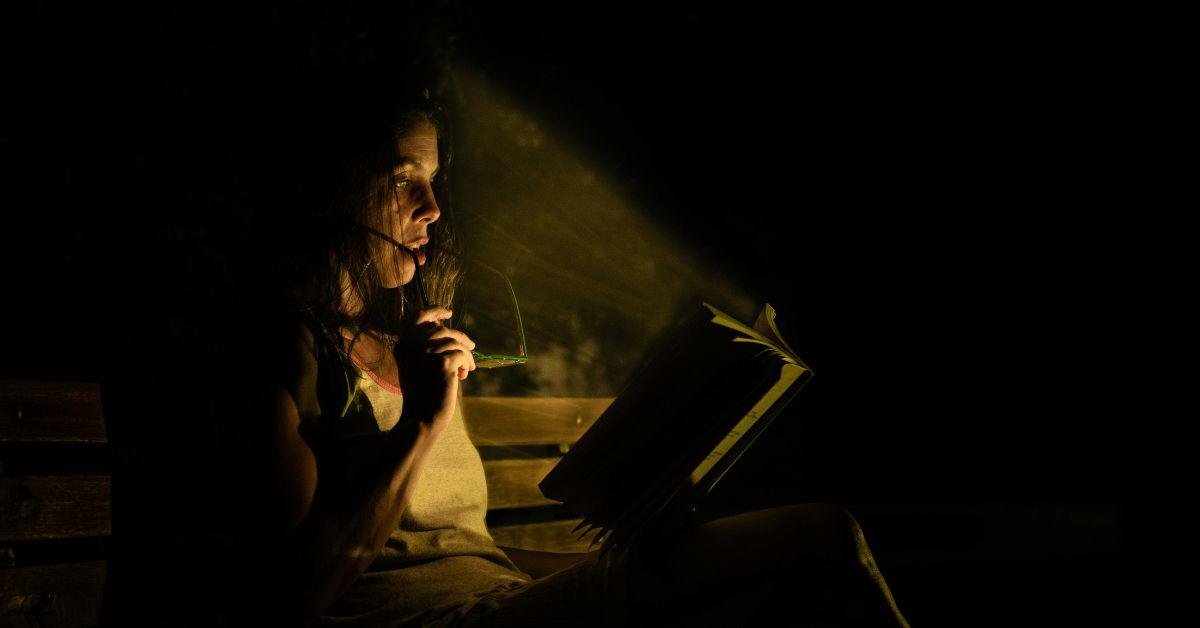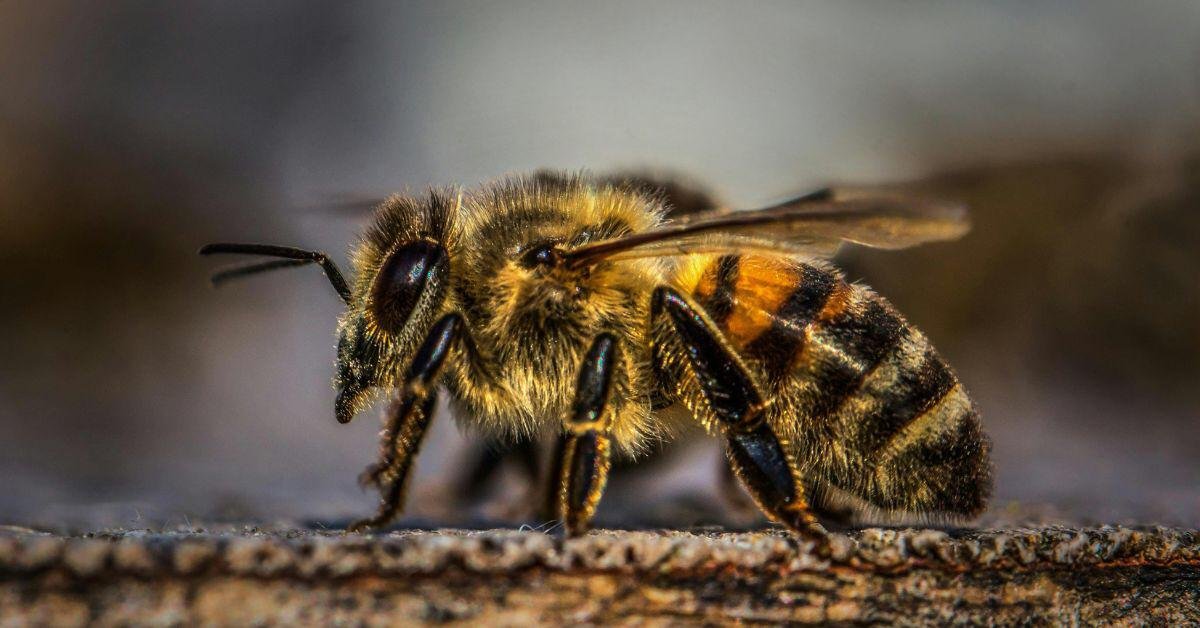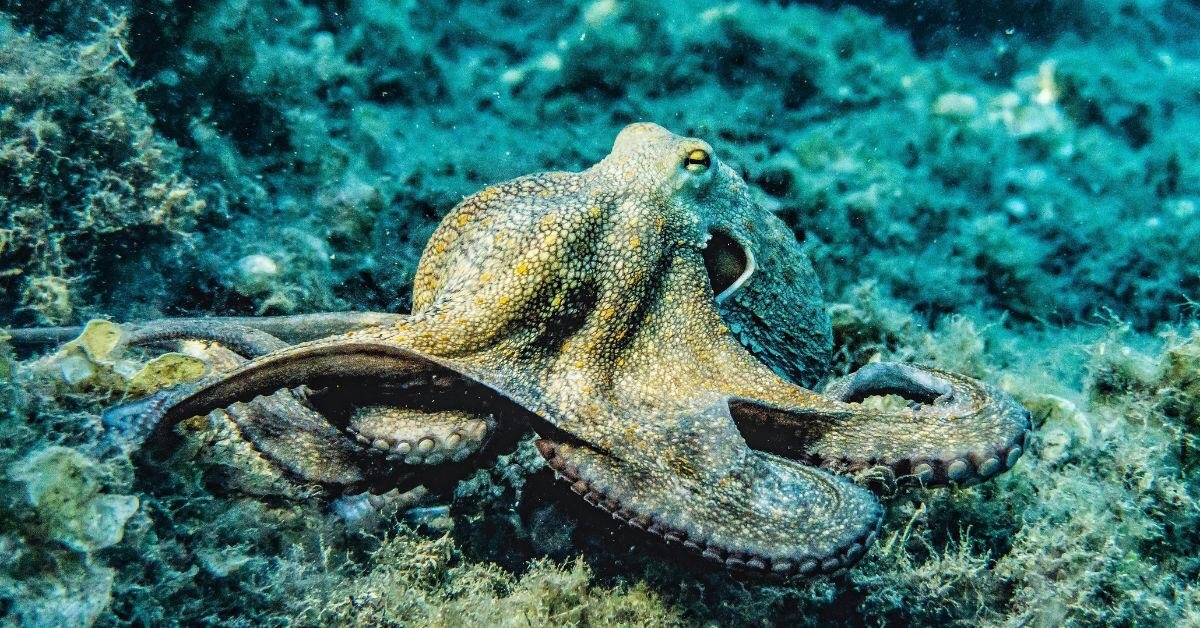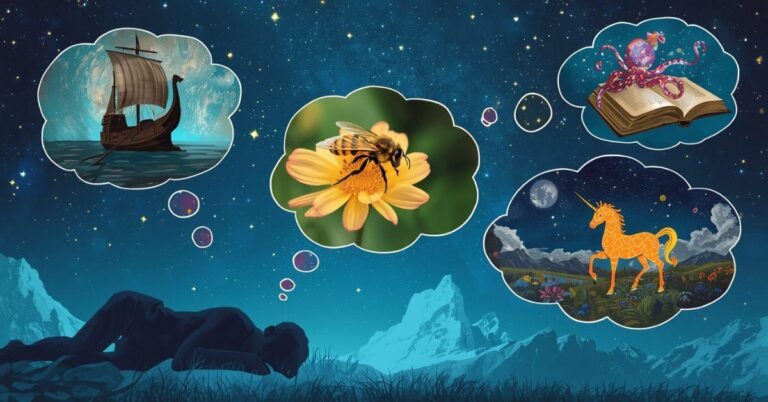Human curiosity is endless. We wonder why our minds wander at night, why old myths still matter, and how animals live such strange lives. From bees to octopuses, from Vikings to unicorns, the world gives us a never-ending list of surprises. Sites like Crafty Facts share these wonders in simple ways, making learning fun for everyone. Here are seven easy-to-read facts that mix science, history, and nature.
1. The Mystery of Nighttime Stories

Dreams happen during a stage of sleep called REM, when the brain is awake in its own way while the body rests. Some scientists think dreams help us process feelings. Others say they help the brain sort and store memories. Even today, the real purpose is still debated — and many people still ask why do we dream.
Dreams can be strange. You might dream about places you’ve never seen or meet people from your past. Dreams mix memory, feeling, and imagination. They show that our brains stay busy all night long, working even when we are still.
2. Legends from the Frozen North

Norse myths tell stories of Odin, Thor, Loki, and strange creatures from the far North. These tales were first told by Vikings and later written down in old books like the Poetic Edda. If you want to start reading, look for collections that explain the stories in simple language and add background notes. Many readers search for the best Norse mythology books to find good translations and modern retellings.
These myths taught the Vikings about bravery, fate, and the natural world. They also show how people long ago explained thunder, storms, and the end of the world known as Ragnarök.
3. When Insects Rest

Yes, bees do sleep. At night, honeybees curl up inside the hive, slow their movement, and drop their body temperature a bit. Scientists have watched bees stay still for long times, and they show signs of rest. If you want a short, clear entry about whether insects rest, many readers search do bees sleep.
Sleep helps bees remember where flowers are and how to talk to other bees. When bees are tired, they are slower and make more mistakes. Even tiny animals need rest to do their jobs well.
4. Light in the Middle Ages
Before electricity, people used candles to see after dark. In medieval times, candles were made from tallow (animal fat) or beeswax. Tallow candles smelled and smoked. Beeswax candles burned clean and bright, but they cost more. Because beeswax was pricey, churches and rich homes used it most. If you are curious about old crafting ways, search for medieval candle making methods.
Candle makers worked in guilds that set rules and prices. Candle making was hard, messy work, but it was important. A town without candles would have been a very dark place at night.
5. A Mythic Symbol of Scotland
It may seem odd, but Scotland’s national animal is the unicorn. The unicorn was seen as a symbol of purity, power, and freedom. Medieval people told tales that only a pure person could tame a unicorn. The unicorn appears on coins, flags, and the royal coat of arms. If you want a quick read about this curious choice, look up Scotland’s national animal.
Choosing a mythic creature shows how countries can use stories and symbols to show values. The unicorn still stands for pride and history in Scotland today.
6. How Phones Get a Brain Boost
Phones and computers need more memory as apps, photos, and videos grow. Active memory expansion is a tech idea that uses part of a device’s storage to act like extra RAM. This trick helps apps run faster and makes switching between tasks smoother. If you write about phone tech or want a short tech anchor, use active memory expansion.
Think of it like expanding your desk while you work. When your desk is full, you borrow a bit of table space to keep going. Active memory expansion helps devices keep up with what we want them to do.
7. The Clever Arms of the Octopus

An octopus has a central brain plus a smaller cluster of nerve cells in each of its eight arms. That means the octopus has many control centers — which is why people often ask how many brains does an octopus have. The usual way to say it is that an octopus has nine “brains”: one main brain and one in each arm.
These arm “brains” let the octopus grab, taste, and move with great skill. Octopuses can open jars, solve puzzles, and escape from small openings. Their strange nervous system makes them smart and tricky survivors of the sea.
Conclusion
From the strange life of dreams to the clever arms of an octopus, the world holds tiny and giant wonders. History, nature, and technology give us stories to read and facts to learn. If you want more curious and easy-to-read pieces like this, feel free to link discover more fascinating facts here at the end.


